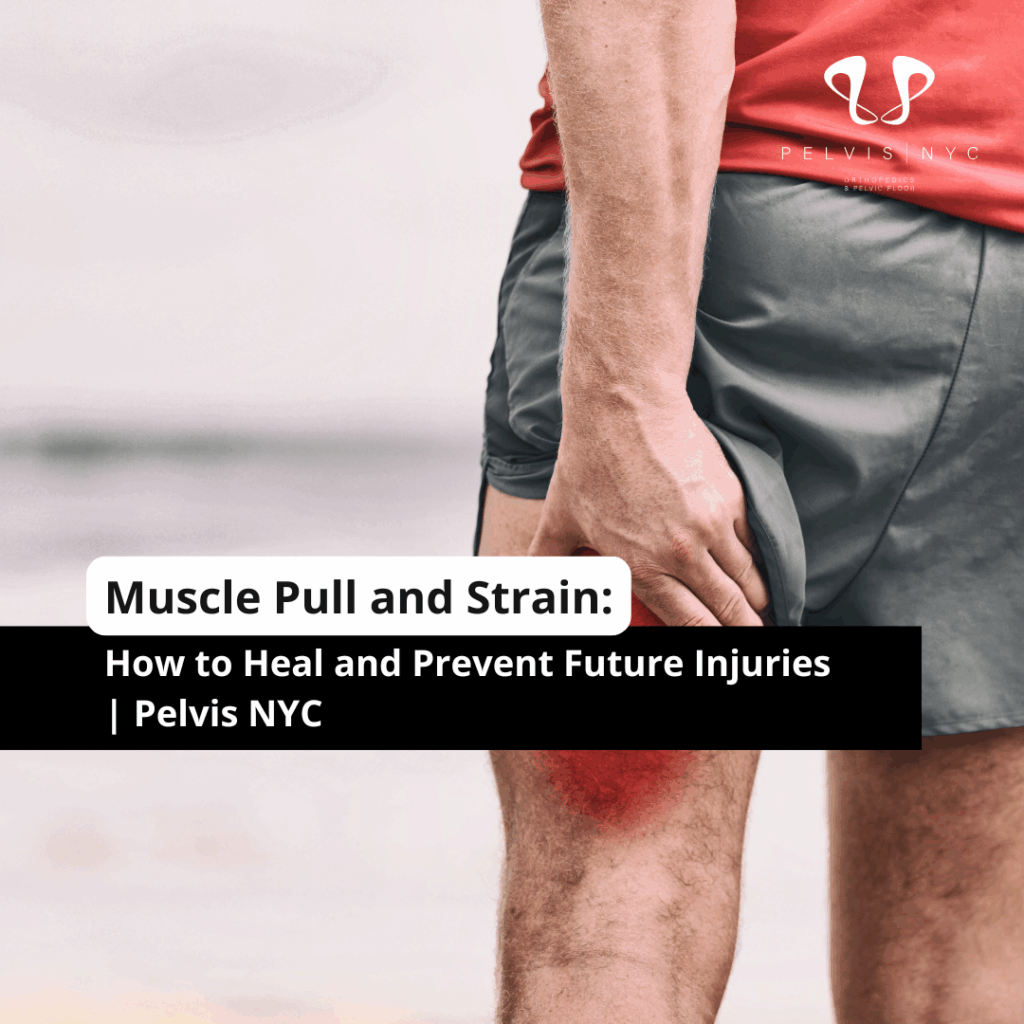Introduction: Why Every Man Needs a Pelvic Floor Stronghold
In the world of fitness, men often focus on building biceps, core strength, or cardiovascular endurance. But there’s a small, invisible group of muscles that can dramatically improve everything from your bladder control to sexual stamina—and it’s one most men aren’t even aware of. We’re talking about the pelvic floor muscles, and the way to train them is through something called the Kegel workout for men.
Once thought to be exclusively for women, Kegel exercises for men have gained traction thanks to increasing awareness in urology and sexual health, and even on platforms like Reddit and men’s wellness groups. This guide will walk you through Kegel workout for men, explain how these exercises address erectile dysfunction and premature ejaculation, and introduce how working with a healthcare provider, like the specialists at Pelvis NYC—can elevate your results.
Understanding Your Pelvic Floor Muscles and How They Work
The first—but most crucial—step is understanding what the pelvic floor muscles do. Picture a hammock supporting your bladder, prostate, and rectum. These muscles also support your bowel and are essential for controlling both bladder and bowel functions, including during a bowel movement. Strengthening these muscles with Kegel exercises:
- Helps manage bladder leaks when you cough, sneeze, or laugh
- Supports bladder and bowel control
- Enables firmer, more sustainable erections
- Helps control ejaculation timing
- Reduces pelvic tension, discomfort, or chronic pain
That’s why kegel exercises go beyond mere fitness—they support fundamental aspects of men’s sexual health and day-to-day well-being.
What Is a Kegel Workout for Men?
Named after Dr. Arnold Kegel, who developed these exercises in the 1940s for women post-childbirth, Kegels are designed to strengthen the pelvic floor muscles. These muscles form a supportive hammock at the base of the pelvis and are responsible for controlling urination, stabilizing the core, and supporting sexual function.
For men, strengthening the pelvic floor can:
- Improve urinary control (especially after prostate surgery or with age)
- Enhance erections and sexual stamina
- Help with premature ejaculation
- Support prostate health
- Reduce the risk of pelvic pain and incontinence
Men’s Kegel exercises are especially effective for managing urinary incontinence, urine leakage, and leaking urine, which can occur after prostate surgery or during activities like coughing or lifting. Regular practice of these exercises can also help improve the urine stream by training the muscles used to stop urine flow. Additionally, men’s Kegel exercises are beneficial for treating fecal incontinence and overall urinary or fecal incontinence, supporting better pelvic health and reducing symptoms of incontinence.
So why are most men not already doing this?
The answer is simple: awareness and stigma. Many men don’t know these exercises exist, and those who do often assume they’re just for women. But new research, urological guidelines, and even anecdotal success stories are beginning to change that narrative.
What Does Kegel Workout for Men Mean?
The pelvic floor muscles—particularly the pubococcygeus (PC) muscle—play a crucial role in urinary and sexual functions. When these muscles are weak, you may experience leaks after urination, poor erection strength, or lack of control during sex.
Kegel exercises involve repeatedly contracting (squeezing) and relaxing these muscles, much like you would train a bicep curl at the gym. Performing Kegels involves a specific contraction and relaxation of the pelvic floor muscles. It is important to focus on performing Kegels correctly, as improper technique—such as engaging the wrong muscles—can lead to ineffective results or discomfort. When performing Kegels, avoid engaging the buttock muscles, stomach, or stomach muscles; only the pelvic floor muscles should be working. If you feel pain while performing Kegels, stop the exercise and consult a healthcare provider. Over time, this builds strength and endurance, which translates into better control and responsiveness.
The Impact on Erectile Dysfunction and Premature Ejaculation on Kegel Workout for Men
Pelvic floor weakness is often linked to erectile dysfunction (ED). Strengthened muscles improve blood flow and structural support, which can significantly reduce ED symptoms. In fact, men using regular pelvic workouts often report firmer, longer-lasting erections.
Regarding premature ejaculation, you gain a powerful tool: better awareness of pelvic contractions. This allows you to consciously delay climax, enhancing both control and satisfaction.
By adding reliable kegel exercises for men into your wellness plan, you’re supporting sexual health on multiple fronts—with minimal effort and no pills.
Finding the Right Muscles: A Crucial First Step
Before you begin training, you need to find your pelvic floor and identify your pelvic floor muscle accurately. Here’s how (whether you call it urination or pee):
- The urine stop test: While you urinate, try to stop or slow your urine stream midway. The muscles you use are the pelvic floor. (Only try this once; doing it repeatedly can harm your bladder.)
- Gas prevention method: Imagine trying to hold in or prevent yourself from passing gas. That internal clench—without engaging your abs or glutes—is the target.
- Visual cue: When done correctly, you may see the base of your penis retract slightly or your testicles lift a bit, as these pelvic floor muscles support the genital area.
Avoid contracting your thighs, buttocks, or abs. The focus should be internal, deep in your pelvis.
The same ones you use to stop urination, control your urine stream, or delay ejaculation are the pelvic floor muscles targeted by a kegel exercise.
Step-by-Step Kegel Workout for Men
Now that you’ve identified the correct muscles, it’s time to build a consistent routine. Like any fitness regimen, progress comes with regular, mindful practice. Kegel exercises can help strengthen the pelvic floor and improve bladder and bowel control.
Beginner Routine (Weeks 1–3)
- Find a quiet place to lie down or sit.
- Contract the pelvic floor and hold for 3–5 seconds.
- Relax for 5 seconds.
- Repeat 10 times, 3 times per day.
Be patient. Early sessions may feel awkward or weak. That’s completely normal.
Intermediate Routine (Weeks 4–6)
- Increase your hold time to 8–10 seconds.
- Add quick pulses (rapid contractions and releases) for 10–15 reps.
- Practice in different positions: sitting, standing, or while walking.
Advanced Routine (Week 7 and beyond)
- Incorporate Kegels into daily movement, such as walking, driving, or exercising.
- Hold contractions during sex to improve control.
- Combine with deep core work—like planks—to activate more muscle fibers.
Consistency is key. Most men begin to see real improvements in 4–6 weeks.
Hidden and Underrated Benefits of Kegel Workout for Men
The well-known benefits of Kegels—like better bladder control and improved erections—are just the beginning. Strong pelvic floor muscles provide essential muscles support for the bladder, bowel, and genital area, helping to maintain continence and overall pelvic health. There are several lesser-discussed advantages that are gaining recognition in both medical circles and online communities:
1. Relief from Chronic Pelvic Pain and Prostatitis
Men suffering from chronic prostatitis or pelvic floor dysfunction often report decreased pain and improved quality of life through pelvic floor physical therapy, which includes Kegels. According to a 2016 Cochrane Review, pelvic floor exercises significantly reduce pelvic pain and urinary symptoms.
2. Improved Post-Surgical Recovery
Men recovering from prostatectomy (prostate removal surgery) often experience urinary leakage. Studies from Harvard Health and Mayo Clinic show that patients who began pelvic floor exercises immediately after surgery regained continence faster than those who didn’t.
3. “Coregasms” and Unexpected Pleasure
In fitness circles—and Reddit threads—some men have reported involuntary orgasms triggered during intense core exercises involving pelvic engagement (like leg raises or planks). These are known as “coregasms,” and they may be amplified by a strong pelvic floor.
“I thought I was the only one… turns out it’s real! Planks + Kegels = mind blown.” — Reddit user on r/fitness
4. Posture and Lower Back Support
The pelvic floor is part of your deep core. Strengthening it contributes to better posture, spinal alignment, and lower back health, especially when paired with glute and abdominal training.
Advanced Techniques: Biofeedback, EMSELLA, and Devices
Once you’ve mastered the basics, there are tools and therapies that can further enhance your results.
📈 Biofeedback Devices
These tools (e.g., Perifit, Elvie for Men) provide real-time feedback to ensure you’re activating the right muscles. Used in physical therapy settings, they help correct form and measure improvement.
⚡ EMSELLA Chair
This high-tech device, available in urology and wellness clinics, uses electromagnetic pulses to contract your pelvic muscles—equivalent to doing 11,000 Kegels in one session. It’s painless, non-invasive, and popular among men post-surgery or those who want to jumpstart results.
🧪 Research-Backed Results
- A 2019 study published in Urology Journal reported that 61% of men saw improvement in premature ejaculation after 12 weeks of pelvic floor training.
- Another clinical trial showed a 40% improvement in erectile strength in men doing daily Kegels.
Common Mistakes Men Make with Kegels
Even a simple exercise can go wrong if done improperly. Here’s what to avoid:
- Overtraining: Doing Kegels too frequently can lead to tension or even pain.
- Wrong muscles: If your abs, thighs, or butt are sore—you’re not doing them right.
- Holding breath: This increases intra-abdominal pressure and reduces effectiveness.
- Expecting overnight results: Like any muscle, the pelvic floor needs time to strengthen.
Stick with it. The reward is long-term, not instant.
Real Talk from Reddit & Men’s Health Forums
One of the most underrated places for firsthand experience is Reddit. Threads in r/pelvicfloor and r/AskMen are filled with stories, struggles, and successes.
“I was skeptical, but now I can last twice as long in bed. Wish I started sooner.” — Reddit user
“Three months of Kegels helped my post-surgery leakage more than anything else. I can go on a run again without worrying.” — User in prostate cancer recovery forum
You’re not alone. Thousands of men are now incorporating Kegels as part of their health routine, just like push-ups or cardio.
Conclusion: Why Every Man Should Do Kegels
If you’re still wondering whether Kegel workouts are worth it—the answer is a resounding yes.
From improved urinary control and stronger erections to post-surgical recovery and even unexpected benefits like posture and orgasm quality, Kegels are a low-risk, high-reward investment in your body.
You don’t need a gym, expensive gear, or even a lot of time. Just consistency, awareness, and patience.
When to Consult a Healthcare Provider
Kegels are safe and natural, but certain situations demand professional insight:
- Persistent incontinence, despite consistent home exercise
- Post-surgical conditions (e.g., post-prostatectomy)
- Chronic pelvic or rectal pain
- No improvement in sexual symptoms after several months
A dedicated Kegel workout for men is a no-cost, powerful tool that boosts your daily life—bladder control, sexual performance, and confidence, included.
But for optimal results, especially concerning erectile dysfunction or premature ejaculation, consider working with pros. Dr. Adam Gvili and Dr. Josh Weber at Pelvis NYC design pelvic floor therapy that’s tailored to your specific needs, and backed by medical science and advanced treatment options.
👉Click here to book with Pelvis NYC now—and let Dr. Gvili and Dr. Weber guide your path to better bladder, stronger erections, and lasting sexual health.
Let’s break the stigma around men’s pelvic health—with science, strategy, and skill.
Are you a woman looking for pelvic floor exercises tailored to your needs?
Check out our women’s guide: Kegel Workout for Women: How to Strengthen Your Pelvic Floor




No comment yet, add your voice below!